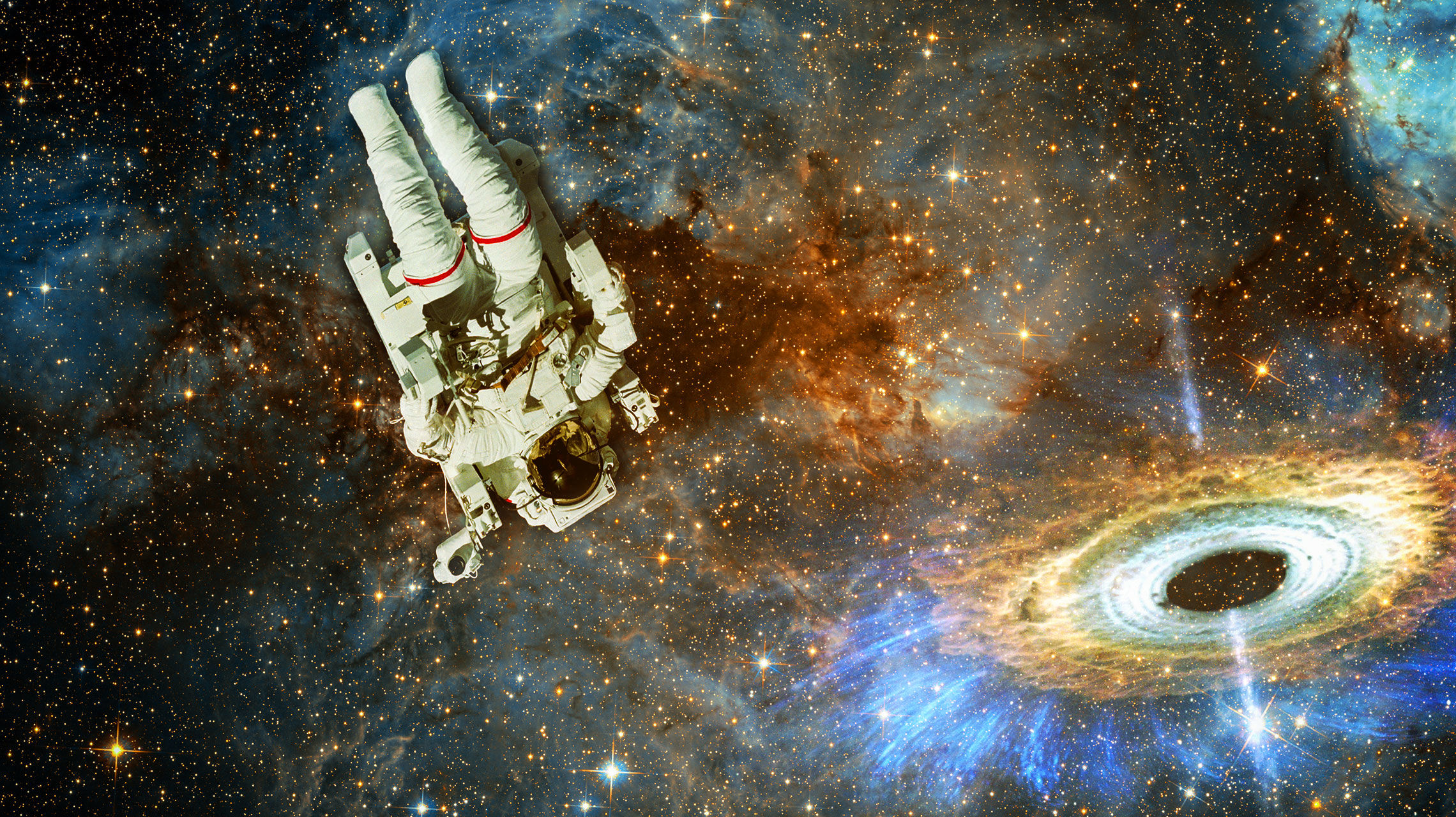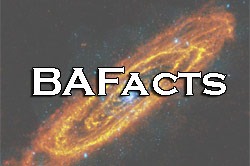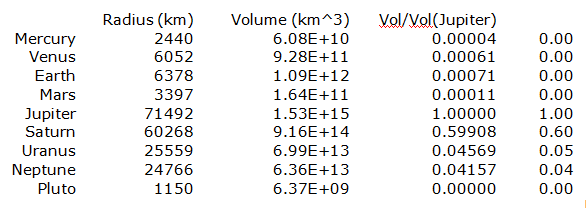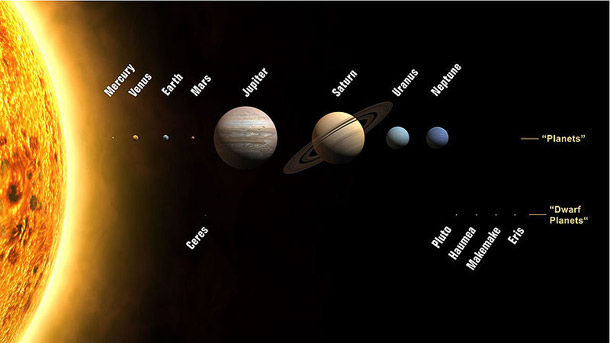Create a free profile to get unlimited access to exclusive videos, sweepstakes, and more!
BAFact Math: Jupiter is big enough to swallow all the rest of the planets
whole

 [BAFacts are short, tweetable astronomy/space facts that I post every day. On some occasions, they wind up needing a bit of a mathematical explanation. The math is pretty easy, and it adds a lot of coolness, which I'm passing on to you! You're welcome.]
[BAFacts are short, tweetable astronomy/space facts that I post every day. On some occasions, they wind up needing a bit of a mathematical explanation. The math is pretty easy, and it adds a lot of coolness, which I'm passing on to you! You're welcome.]
Today's BAFact: Jupiter is so big you could fit every other planet in the solar system inside it with room to spare.
Volume is a tricky thing. Our brains are pretty good at judging relative linear sizes of things: this thing is twice as long as that thing, for example. But volume increases far more rapidly than linear size. Take a cube where each side is one centimeter. It has a volume of one cubic centimeter (cc). Now double the length of each side to 2 cm. It looks twice as big, but its volume goes up to 8 cc! The volume of a cube is a the length x width x height, so there you go.
Spheres are the same way: the volume increases with the cube of the radius. Specifically, volume = 4/3 x Ï x (radius)3. So one sphere might look slightly larger than another, but in fact have a lot more volume.
Such is the way of Jupiter. I see pictures of it compared to the other planets, and honestly Saturn looks only slightly smaller - Saturn's radius is about 60,000 km compared to Jupiter's 71,000. But that turns out to make a huge difference in volume!
Here's a table I created to compare the planets. The first number column is the planet's equatorial radius in kilometers (the biggest planets aren't perfect spheres, but as you'll see this doesn't matter). The second number column is the volume in cubic km based on that radius. The third is the volume of the planet divided by the volume of Jupiter (so that ratio = 1 for Jupiter itself). The last column is the same, but rounded to two decimal places to make it easier to read.

The big conclusion here is pretty obvious when you look at that last column. Even though Saturn is only a little smaller than Jupiter, it only has 60% of the big guy's volume! Uranus and Neptune together are only another 9%. If you combine all the planets in our solar system, they add up to only about 70% of Jupiter's volume. That leaves a lot of room left over for all the moons and asteroids in the solar system, too!
So Jupiter really is a monster. There's a half-joke astronomers say: The solar system consists of the Sun, Jupiter, and assorted rubble. As you can see, that's really not that far off from the truth!
Image credit: NASA
Related Posts:
- BAFact math: Give him an inch and heâll take a light year
- BAFact math: how big does the Sun look from Pluto?
- BAFact math: How bright is the Sun from Pluto?
- Announcing BAFacts: a daily dose of sciencey fun



























